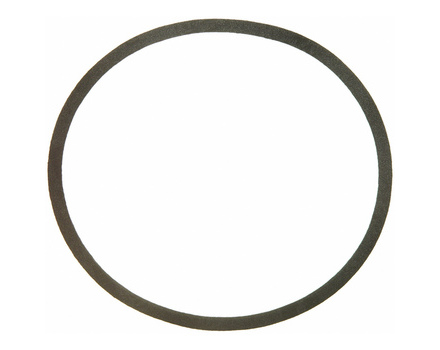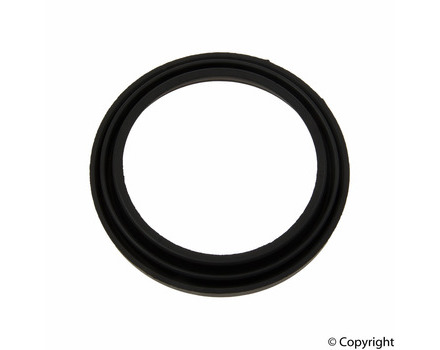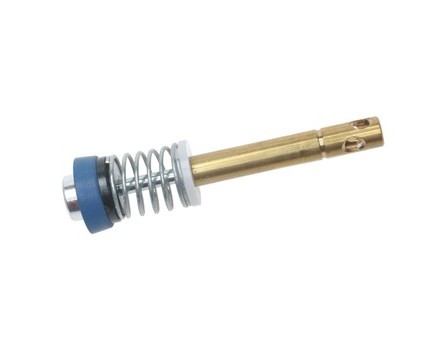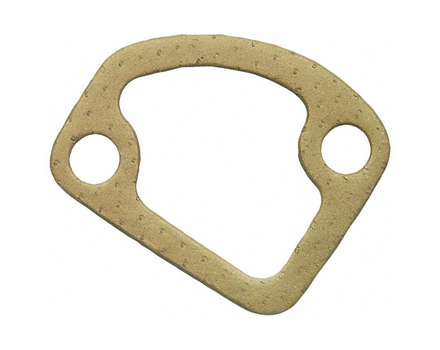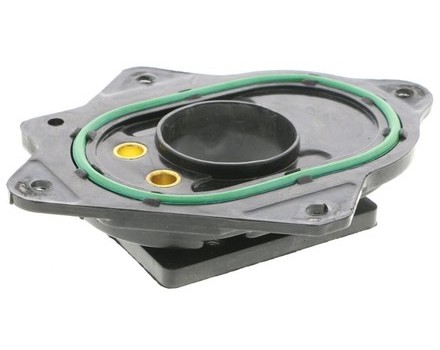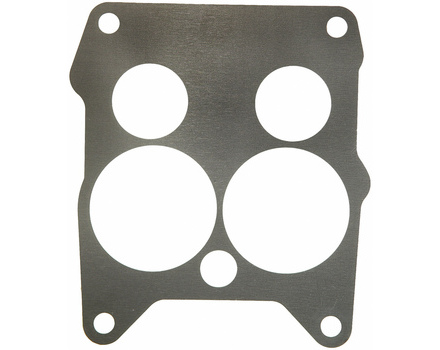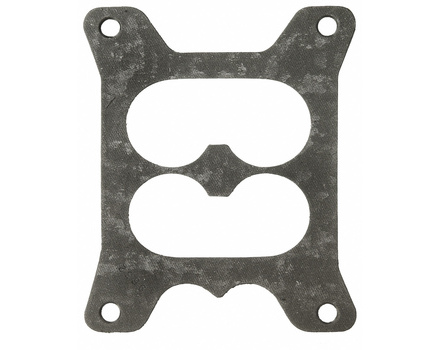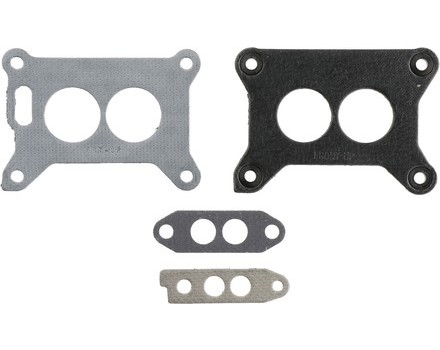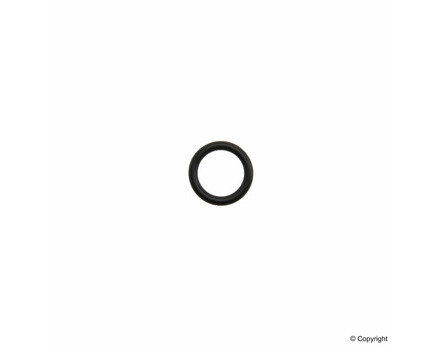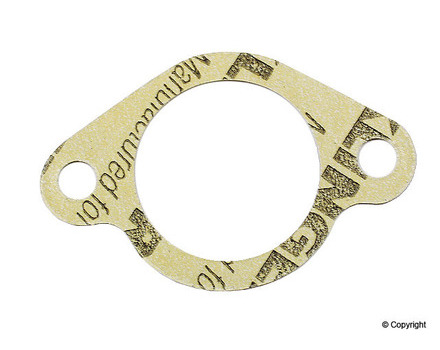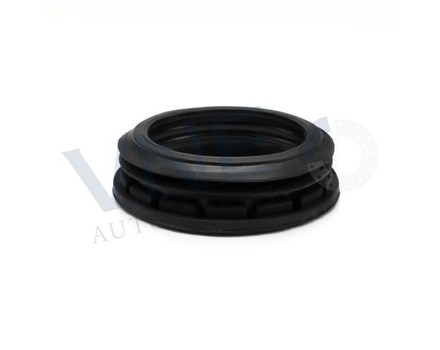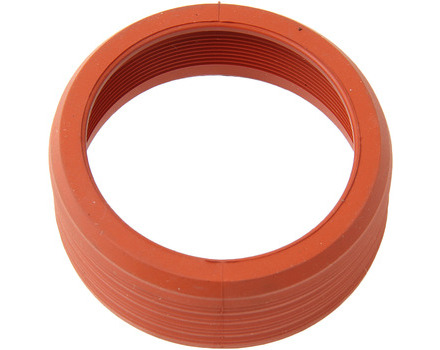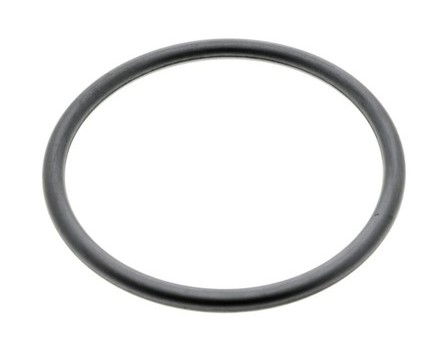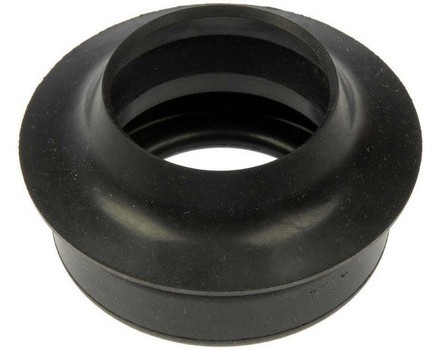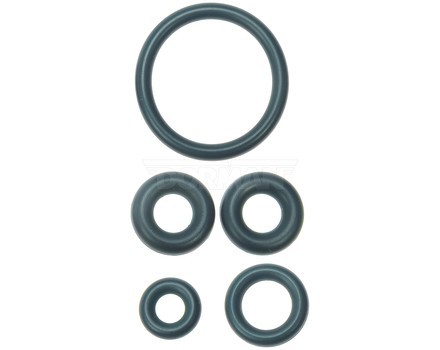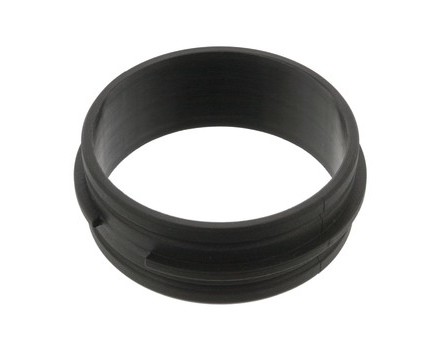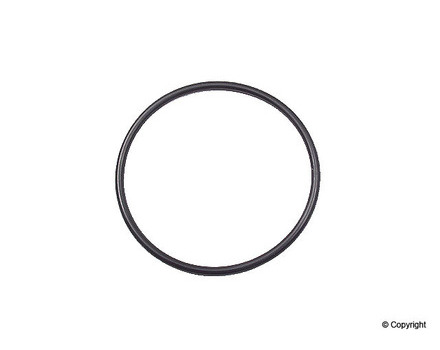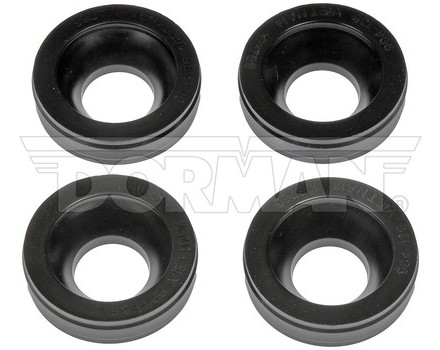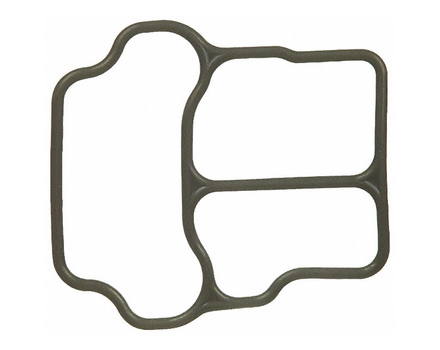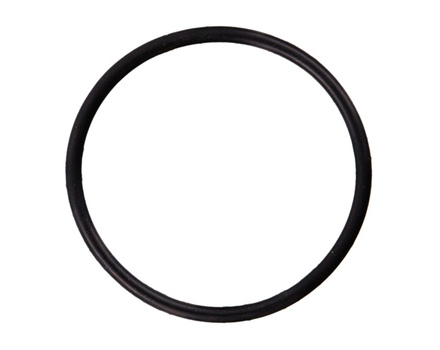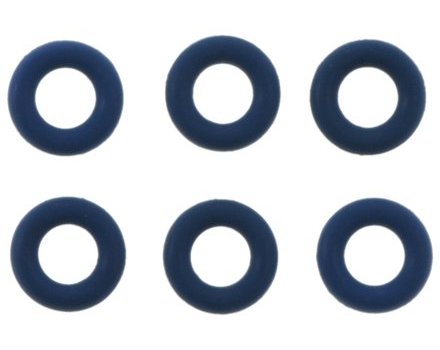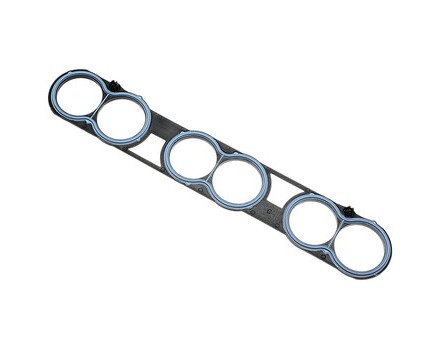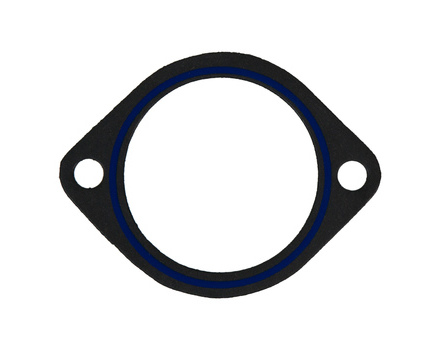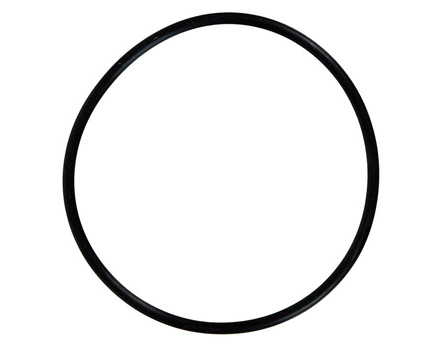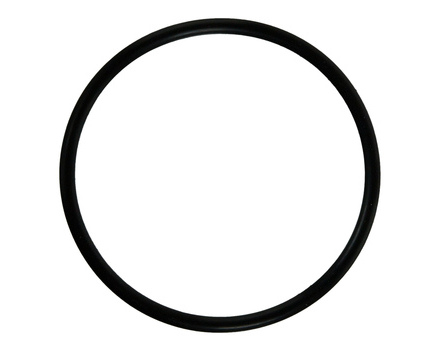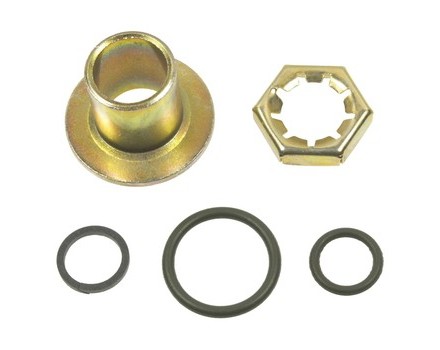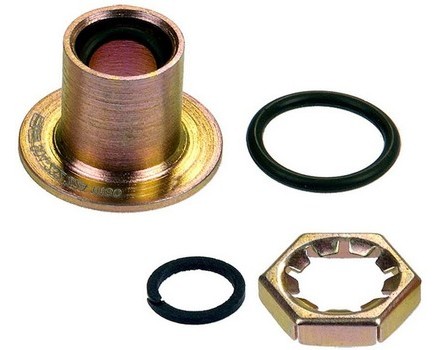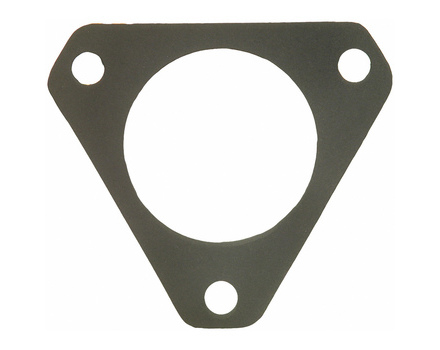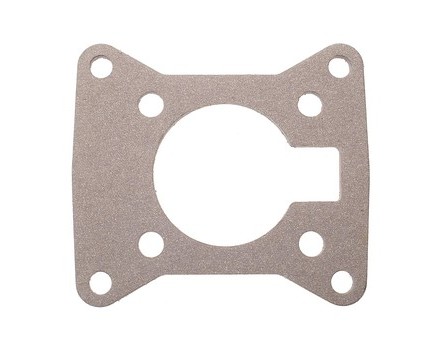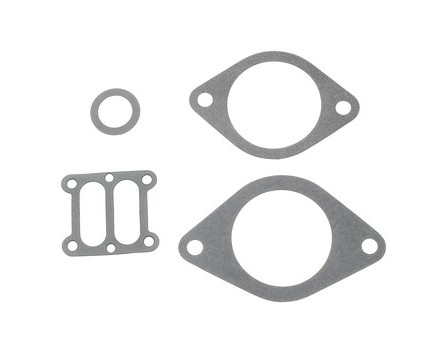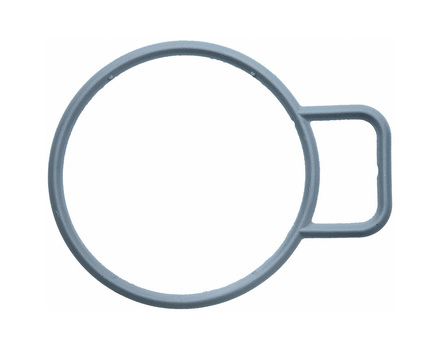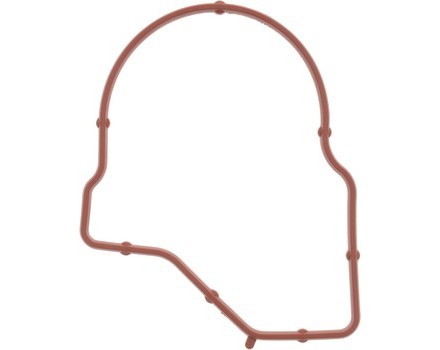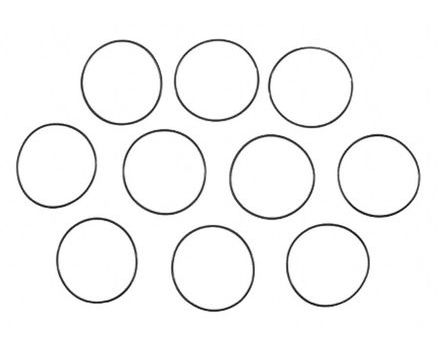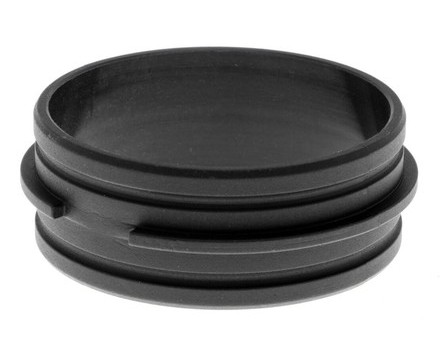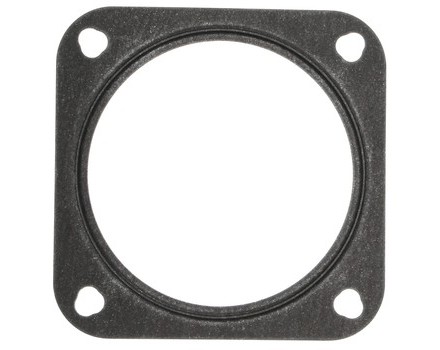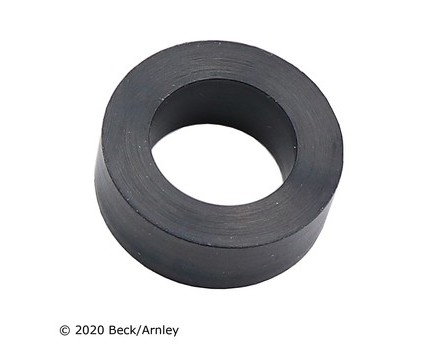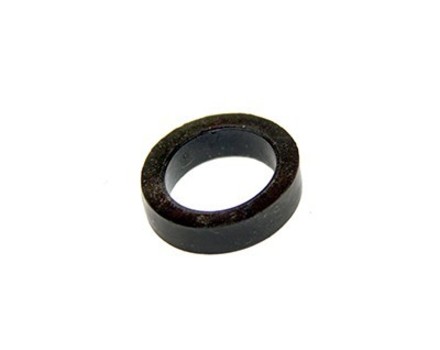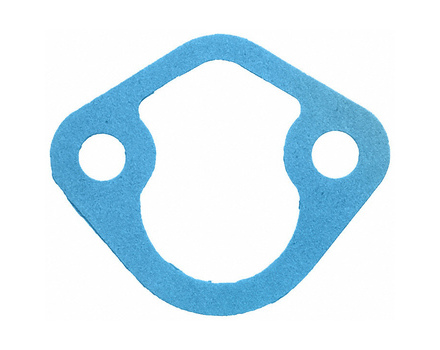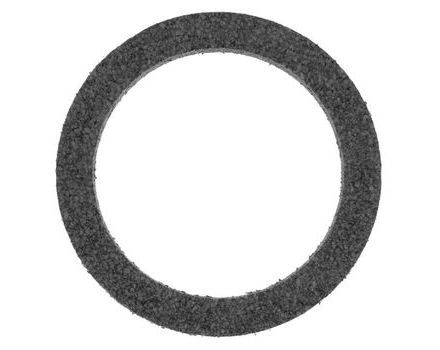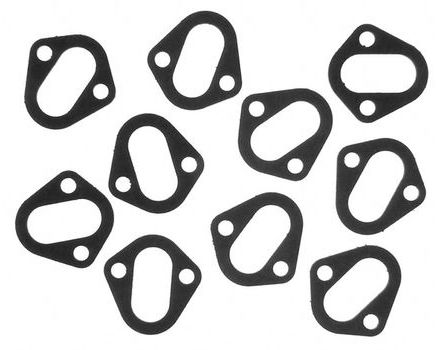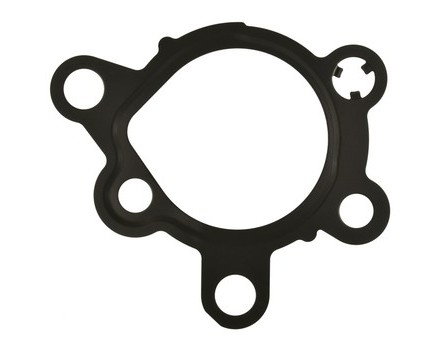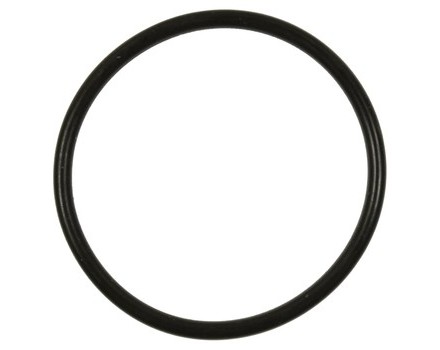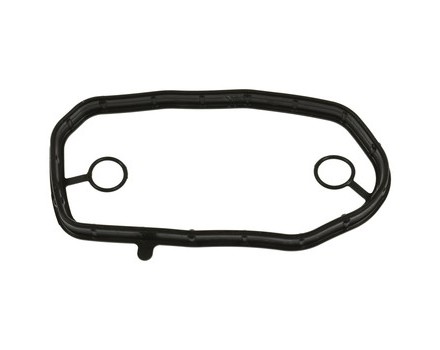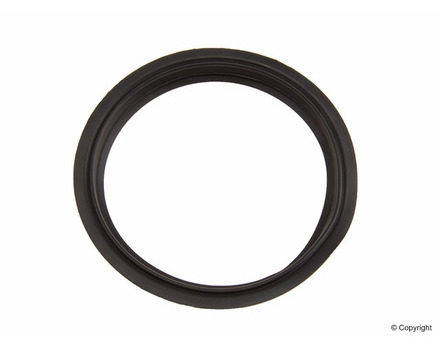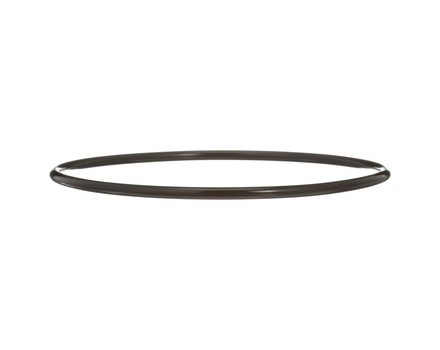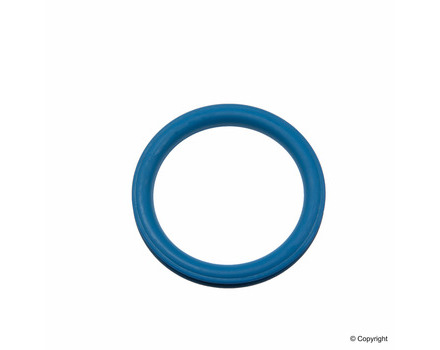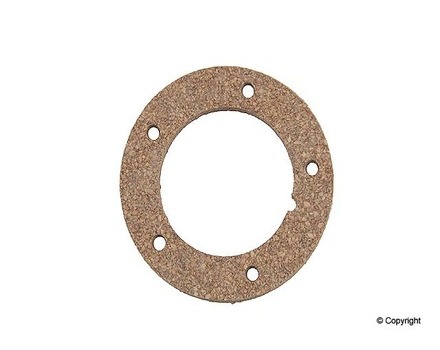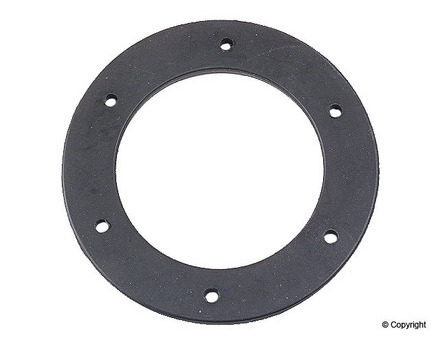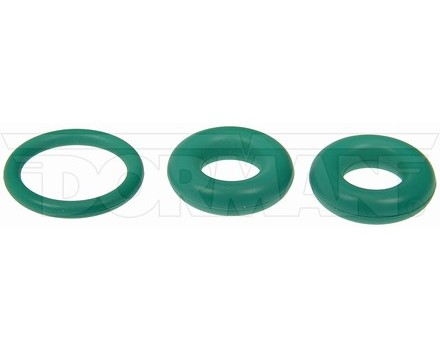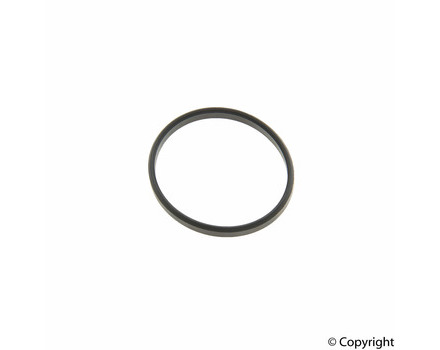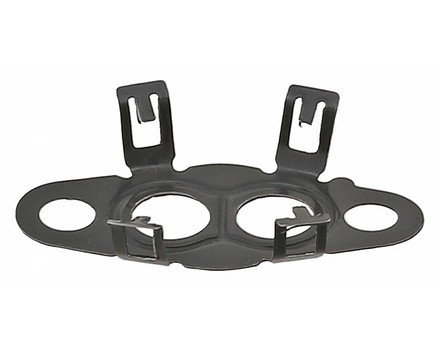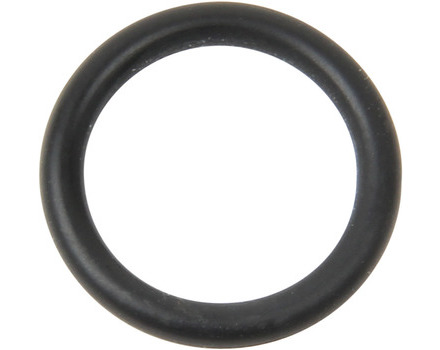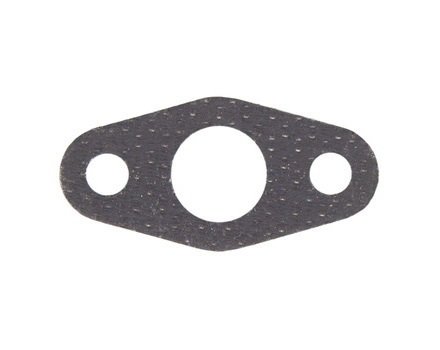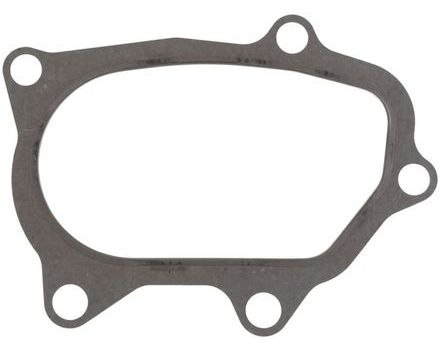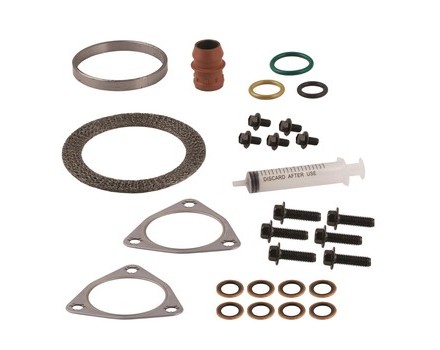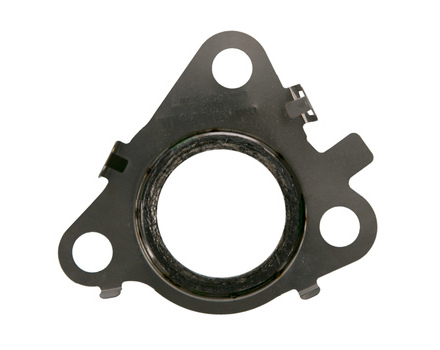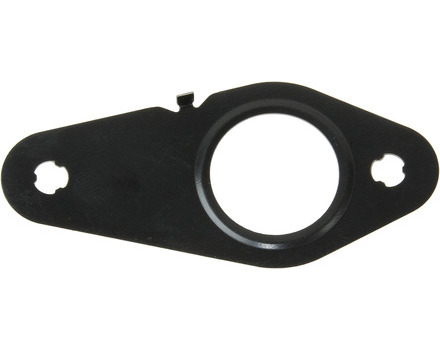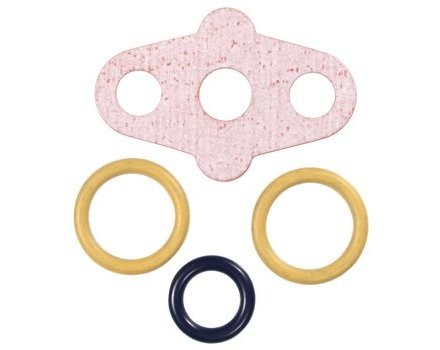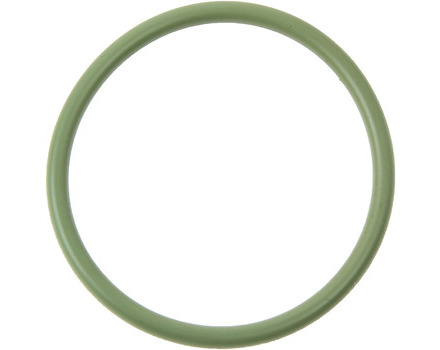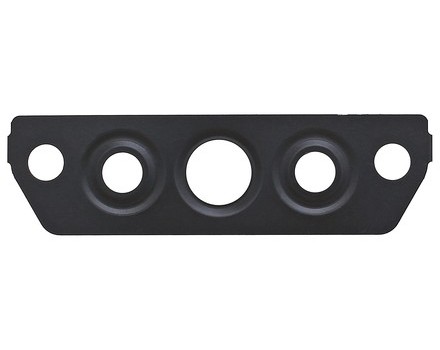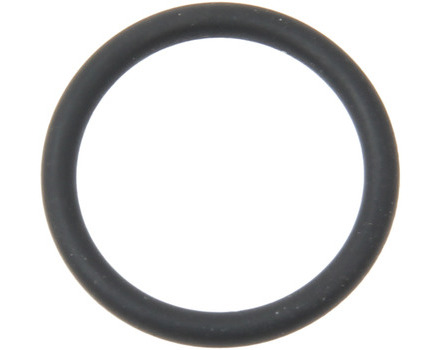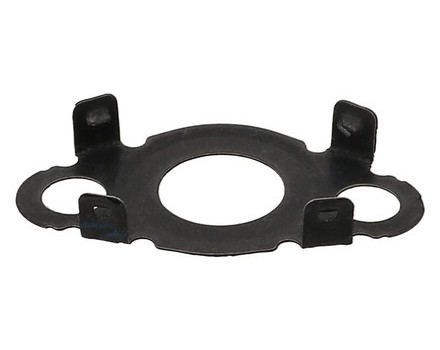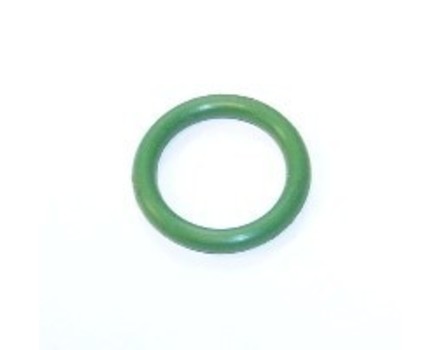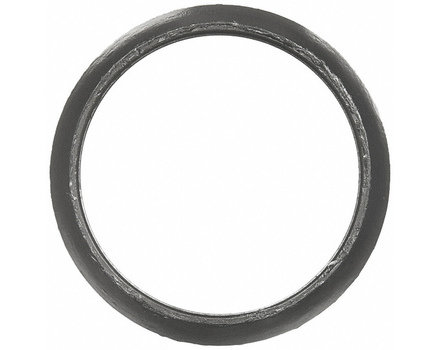Gaskets and Sealing Systems
Filter Options
Important: To get started, click the blue "Filter Options" button to select your vehicle and then use the filters to narrow your options.
Important: To get started, select your vehicle on the left and then use the filters to narrow your options.
What is a gasket and sealing system?
A gasket and sealing system is a set of parts that work together to create a tight seal between two components or a component and a surface. It is typically made of metal, rubber, or composite materials.
What is the purpose of a gasket and sealing system?
A gasket and sealing system is used to prevent fluids, gases, and other materials from escaping or entering a system. It also helps to prevent corrosion and abrasion.
How do I know if my gasket and sealing system is faulty?
If your gasket and sealing system is faulty, you may notice leakage from the affected components. This could be caused by cracks, tears, or other damage to the gasket or sealing system. You may also notice engine vibrations, odd noises, or a decrease in performance.
Can a faulty gasket and sealing system cause damage?
Yes, a faulty gasket and sealing system can cause damage to the affected components. This could include engine damage or corrosion of the affected parts.
How do I replace a gasket and sealing system?
Replacing a gasket and sealing system is a multi-step process.
- Disconnect the battery and remove any components or parts that are in the way.
- Remove the old gasket and sealing system and any other parts that may be attached.
- Clean the surface of the components or parts that the gasket and sealing system will be attached to.
- Install the new gasket and sealing system and any other parts that may be attached.
- Reattach the components and any parts that were removed.
- Reconnect the battery and test the system.
How often should I inspect my gasket and sealing system?
Gaskets and sealing systems should be inspected at least once a year. However, if any of the components are exposed to extreme temperatures or pressure, then they should be inspected more frequently.
